Astronauts are set to embark on a groundbreaking solution for quenching their thirst during spacewalks, drinking their own urine.
Thanks to a specially designed spacesuit created by Chris Mason and his team at Cornell University in New York, astronauts will be able to convert urine into drinkable water.
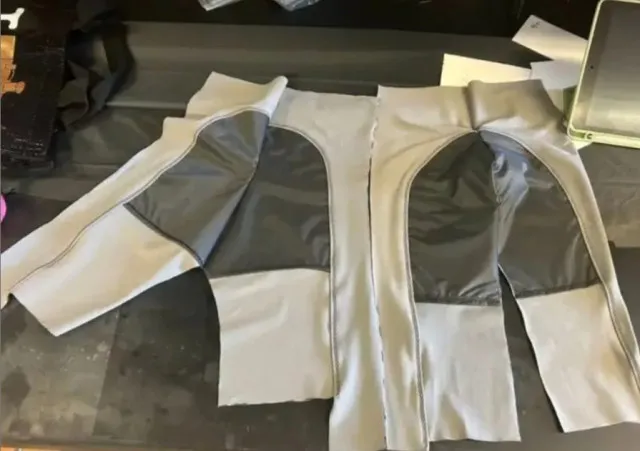
Traditional spacesuits caused numerous hygiene issues for astronauts
As space travel becomes more frequent and spacewalks potentially extend to days rather than hours, the need for a reliable source of hydration becomes crucial.
Previously, NASA relied on the “Maximum Absorbency Garment,” essentially an adult diaper that collects urine and feces. However, these garments are inefficient and require significant resources for disposal.
They are simply discarded into the waste system of the International Space Station (ISS) and burned upon reentry into Earth’s atmosphere. The familiar white spacesuits have special garments that absorb bodily fluids.
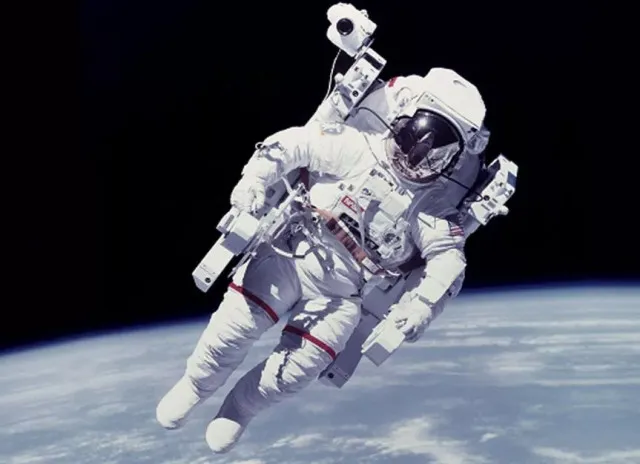
This means astronauts can go to the bathroom while wearing them. These garments can hold up to one liter of urine and 75 grams of fecal matter.
In space, options are limited, but working in a suit full of waste is not pleasant.
The garments can leak, and astronauts often can’t tell if the fluid inside is sweat or urine. Some astronauts have even gotten urinary tract infections from wearing the suits.
A new groundbreaking suit was created.
To address this issue, Chris Mason and his team developed an innovative solution.
They have created an 8kg apparatus attached to the astronaut’s back, capable of recycling urine collected through unisex catheters.
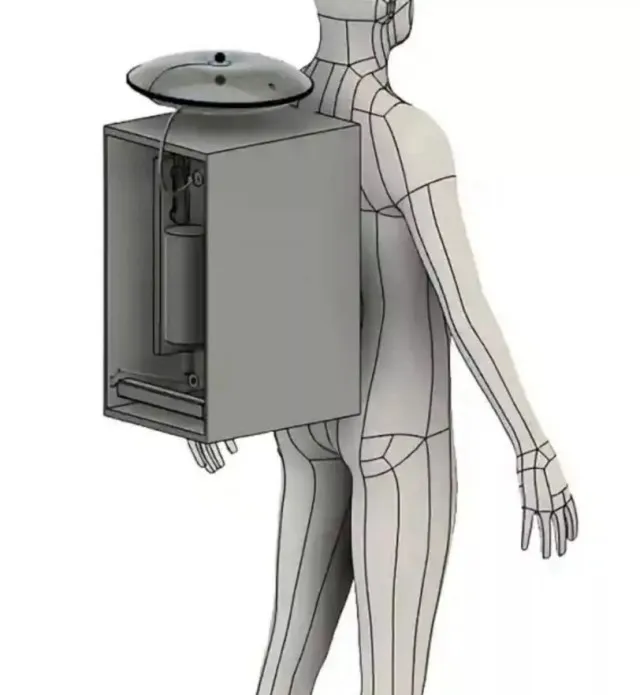
How does this pee-to-water suit work?
The new suit has a silicone cup that fits around the genitals. This cup is connected to a vacuum pump that activates when the wearer urinates.
The pump sends the urine to a filter system. This system can clean the urine in about five minutes with 87 percent efficiency.
The urine is then processed through a two-step osmosis filter, purifying it into water. This purified water is made available for consumption through a bag connected to the spacesuit.
“I thought this would have been done already, but it’s not.”
“People that are pushing the limits of humanity will often trade discomfort for the opportunity to explore an entirely new area of science or medicine,” Mason said.
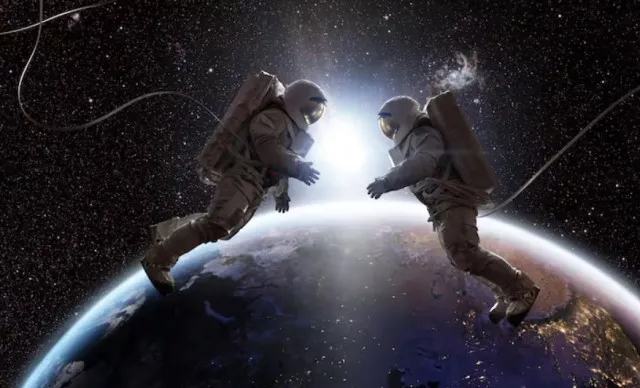
The development of this urine-to-water conversion system marks a significant advancement in space exploration technology.
While the ISS already employs a similar filtration system to purify wastewater using soaps and chemicals, the process of purifying urine is reportedly much simpler.
“Even in the absence of a large desert planet, like in Dune, this is something that could be better for astronauts,” Mason added.
However, the challenge of extracting water from feces has not been completely solved yet.
Nevertheless, the team remains optimistic, as astronauts can manage their bowel movements during spacewalks.
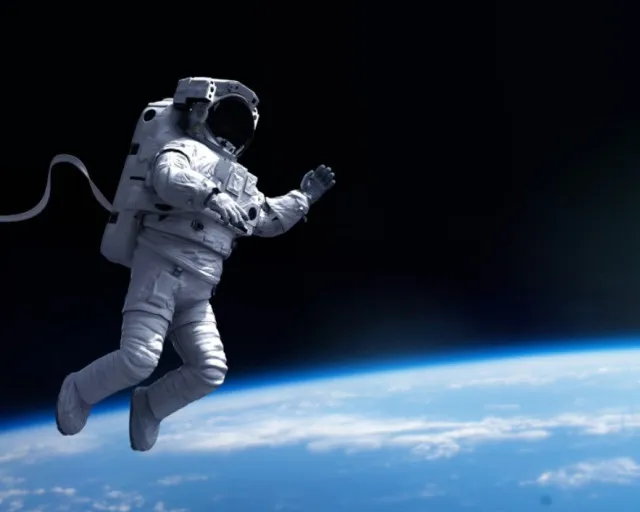
This pee-to-water suit can help a lot of astronauts in future missions.
The introduction of this innovative spacesuit technology is anticipated to revolutionize the way astronauts stay hydrated during extended space missions.
By recycling urine and converting it into drinkable water, valuable resources can be conserved, reducing the need for regular resupply missions from Earth.
The exact timeline for implementing these urine-to-water suits is still unclear.
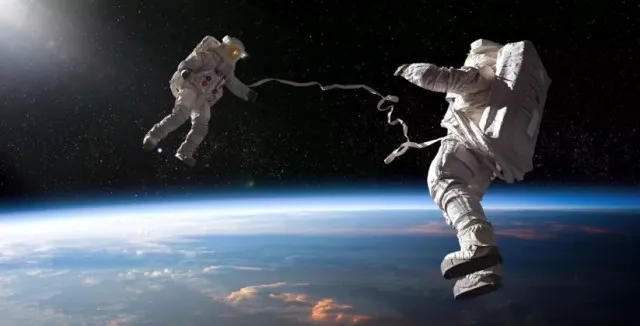
However, the advancements in this field demonstrate the continuous efforts of researchers and scientists to improve the efficiency and sustainability of space travel.